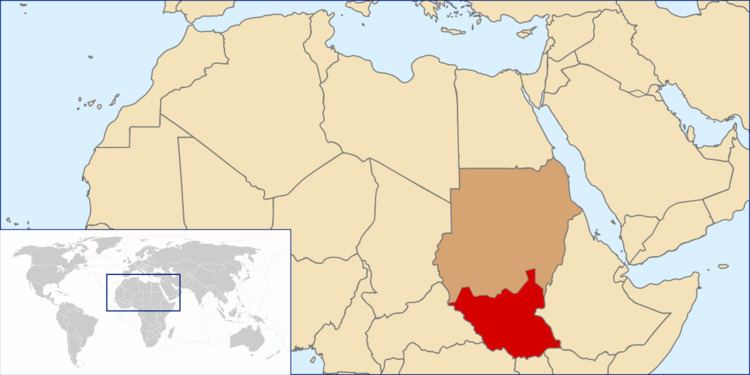1972–1983 → Today part of South Sudan Capital Juba | Region abolished June 5, 1983 Area 619,745 km² Date dissolved 1983 | |
 | ||
The Southern Sudan Autonomous Region was an autonomous region that existed in Southern Sudan between 1972 and 1983. It was established on 28 February 1972 by the Addis Ababa Agreement which ended the First Sudanese Civil War. The region was abolished on 5 June 1983 by the administration of Sudanese President Gaafar Nimeiry. Revocation of southern autonomy was one of the causes of the Second Sudanese Civil War which would continue until January 2005, when southern autonomy was restored.
Contents
Government and politics
Southern Sudan was governed by a High Executive Council which was led by a President of the High Executive Council. Abel Alier was the first President, holding that post between 1972 and 1978.
Legislative authority was vested in a People's Regional Assembly.
The autonomous region consisted of the three provinces of Equatoria, Bahr al-Ghazal, and Greater Upper Nile. Juba was the regional capital.
Post-abolition
The Southern Sudan Autonomous Region was abolished in 1983. Between 1987 and 1989 a Council for the South existed in Southern Sudan. Following the signing of the Khartoum Peace Agreement of 1997, a Southern Sudan Coordination Council was established initially led by Riek Machar who was also appointed Assistant to the President of the Republic. This body was abolished in 2005 when the autonomous Government of Southern Sudan was established.
